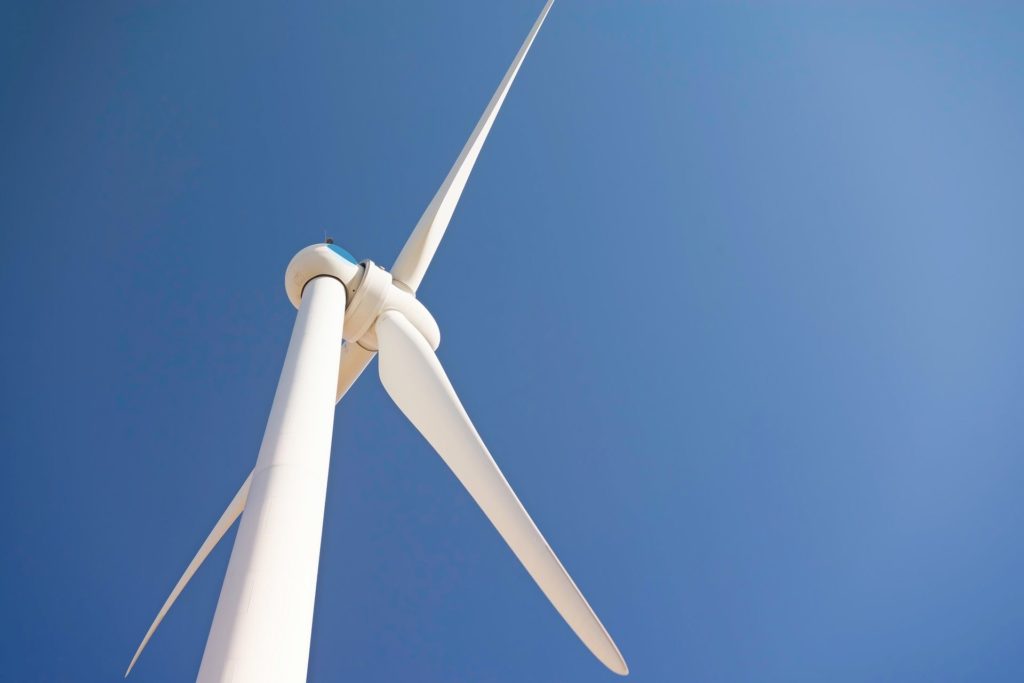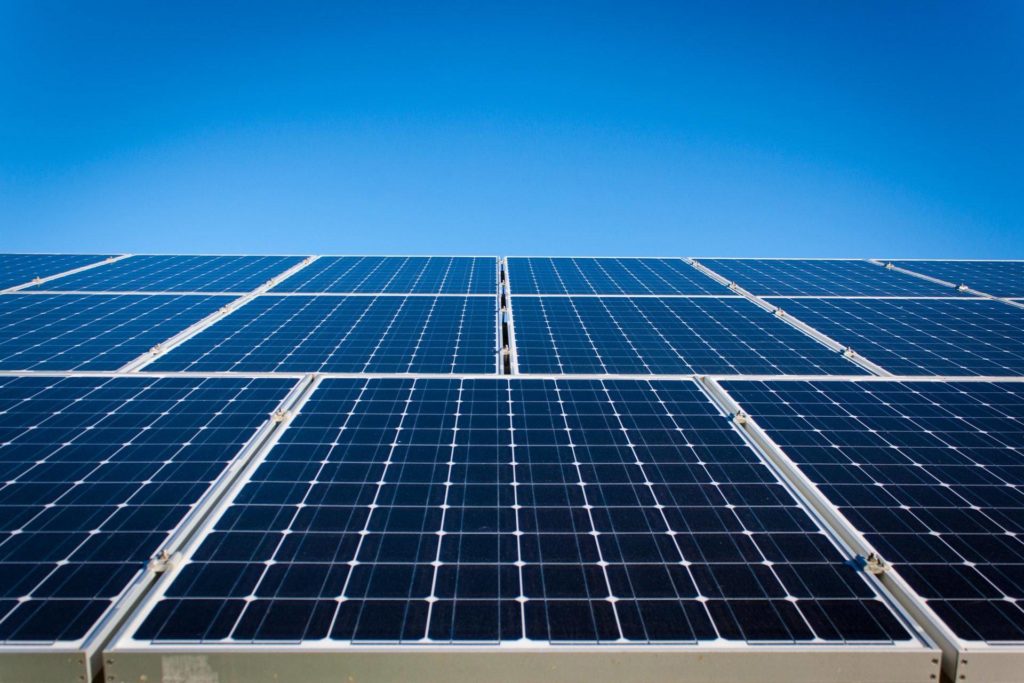The use of renewable energy as an alternative to the traditional, filthy, and harmful power sources has been at the trend for two reasons. First, it can help you save money and, second, it is one step to preserving the planet and fight off the impact of climate change.
Switching to the use of clean, renewable energy can slash off or eliminate your monthly power bills. Aside from that, you will also get a government incentive when you install one green source of energy to power your home. That is from the financial viewpoint.
On the nobler aspect of it, it will enable you to reduce the greenhouse gas emissions which is the leading reason for climate change. Indeed, using renewable energy is a win-win situation for you and the environment. So here are the ways to power your household with renewable energy.
Take Advantage of Residential Wind Power

Perhaps, you have seen wind turbines standing high on rustic wind farms or floating on seawater. But did you know that you can have wind turbines on your property to power your household?
Yes, you heard it right. Wind energy is one of the cleanest and sustainable forms of energy that you can harness to power your home. If your area is suitable and permitted for the installation of wind turbines, then go for it.
However, you will need to subject your home first for an energy audit to determine what size of turbine your household need. The average home may require between 5 to 15 kilowatts to generate monthly average power of 780-kilowatt hours.
Go For Micro Hydropower Systems
If you have a creek, stream, or any running source of water near you, then it is a high time that you invest in micro hydropower system. A micro hydropower system turns the energy of running water into rotational energy, which generates electricity.
A small stream of water can produce clean, off-the-grid, renewable electricity that is less expensive than the solar or wind. Even a micro 10-kilowatt hydropower system can already power a large home or a small resort.
Harness the Earth’s Natural Geo-Energy
Geothermal energy is a natural heat extracted right from the ground such as hot springs, volcanic areas, and geysers to produce clean, renewable energy. This type of energy source can supply power consistently, and it emits little or almost zero greenhouse gases.
The only disadvantage is that not all area are capable of taking advantage of this source of energy. But you can install a ground source heat pump to use the moderate average temperature of the Earth to power your household.
Ground source heat pumps can generate as little as a quarter of electricity as an on-the-grid electric system and can last for five decades. For sure, this will be great for saving money over the years.
Choose Solar Power

Solar power has long been the talked-about topic as a source of clean, renewable source of energy. There are two types of solar power that you can utilize to power your home. One is active, and the other is passive.
Active solar energy uses photovoltaics solar cells to provide heat or electricity for your home. You can either use it to have a zero monthly power bill or to add-on a traditional electric system. You can look for high-quality solar panels in sites like GStore.
Passive solar energy, on the other hand, does not use photovoltaic cells, but still harness the energy of the sun to power your home. You can collect direct sunlight through the windows or indirectly through thermal energy within the walls.
Takeaway
With the threat of climate change all over us, it is important that we take steps in at least mitigating its effects. There is still time to prevent the destruction of the planet if only we are environment-conscious and compassionate. You can take some cues from the tips mentioned above for this purpose.

